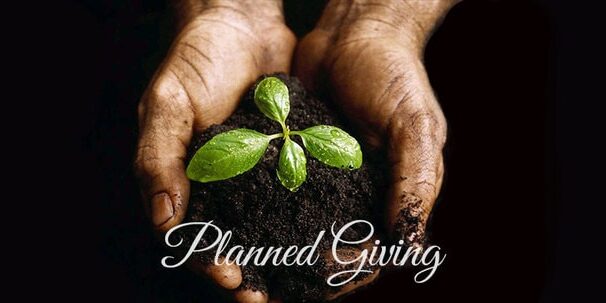A journey to wider acceptance and love: Sister Tracey Horan and immigration

I cannot put my finger on exactly what informed my belief that there should be a wall at the U.S.-Mexico border. I remember high school friends using “Mexican” as an insult. I remember that I didn’t know anyone who had migrated. Like most stereotypes, my beliefs about immigrants most likely came from a combination of sources: messages I heard from the news, friends and media that convinced me that immigrants were an inherent threat to my well-being.
What I do know is that by the age of 18, I was adamant and vocal about the need for a wall at the U.S.-Mexico border. When I argued this belief in my senior Spanish class, my teacher asked me to research and present an argument against building the wall, since I was clearly familiar with the other side. I was livid at her request. I was also an A-student, and begrudgingly did the research for the sake of my GPA. I started learning why people came to the U.S.: the violence and poverty they were fleeing and the connections with damaging U.S. policies. I had to face the fact that I was clueless about the complexities of why people migrate; that I was arguing to exclude people I had never met, people whose stories and backgrounds I hadn’t considered.
Still skeptical

I wish I could say that a high school research project was all it took for me to understand that our immigration system is both broken and complex. That offering welcome to people who have suffered as a result of our foreign policy is the just thing to do. Yet when I discerned to spend a few weeks with Sisters of Charity in El Paso, Texas, after graduating from high school, I still came to the experience with some skepticism. Could it really be that difficult to migrate legally to the U.S.?
It took a series of encounters and relationships for me to come to a new place of seeing and being seen by people who have faced the difficult decision to uproot themselves and their families for a better life, or to save their lives. It took visiting trailer homes in “colonias” outside El Paso, Texas: makeshift neighborhoods where many lived without running water, electricity or legal status and were bussed to local factories that profited from their labor. It took processing the disappearance of one of my eighth grade students my first year of teaching after her family had been targeted by drug cartels in Juarez, Mexico. It took studying one-on-one with a teacher in Guatemala who had lived through the horrendous civil war, sanctioned by the U.S. government. Little by little, people invited me into relationships that both softened the walls of my heart and left me with even more questions about the systems that upheld both my own prejudices and a permanent underclass of people contributing to life in the U.S., but forced to do so from the shadows.
Called back to the border

Last spring as I discerned a ministry change, my transformational experience in El Paso combined with the United States’ escalating fear-driven policies around immigrant exclusion led me back to the border. As Education Coordinator at the Kino Border Initiative, I am now part of a team of people who facilitate encounters that humanize and complicate perceptions around migration primarily through conversations between migrants and visitors at the migrant aid center and shelter in Nogales, Sonora, Mexico. With each immersion experience, we commission another group of people to take back what they’ve learned and make change in their own communities. On a daily basis, we also provide humanitarian aid to hundreds of people who were recently deported or are seeking asylum.
These days both my perspective and the view out my window are dramatically different from my teenage reality. When I walk out the front door of the house I share with three sisters from a Mexican community, I see the border wall at the end of our street. What I wouldn’t give to remove this scar in the earth and the division and fear it represents. Still, remembering my own transformation over the years, I am convinced that change is possible, and that the only way forward is relationship.
(Originally published in the Winter 2020 issue of HOPE magazine.)


God took you full circle and what we think is poverty is not material things but people who truly value love and family and just keep giving to give us a new heart . They’re so blessed to have a caring sister Tracey and you’re so blessed by their presence . As the singer and song writer Wynonna Judd sings Love Can Build A Bridge /Don’t you think it’s time ?